10 Best Halloween History Facts for Spooky Fans
It's officially spooky season! You might be planning your costume and picking out a pumpkin to carve, but do you know the history of the scariest night of the year? Find out some spinechilling facts here!
It's officially spooky season! You might be planning your costume and picking out a pumpkin to carve, but do you know the history of the scariest night of the year? Find out some spinechilling facts here!
1. It started thousands of years ago
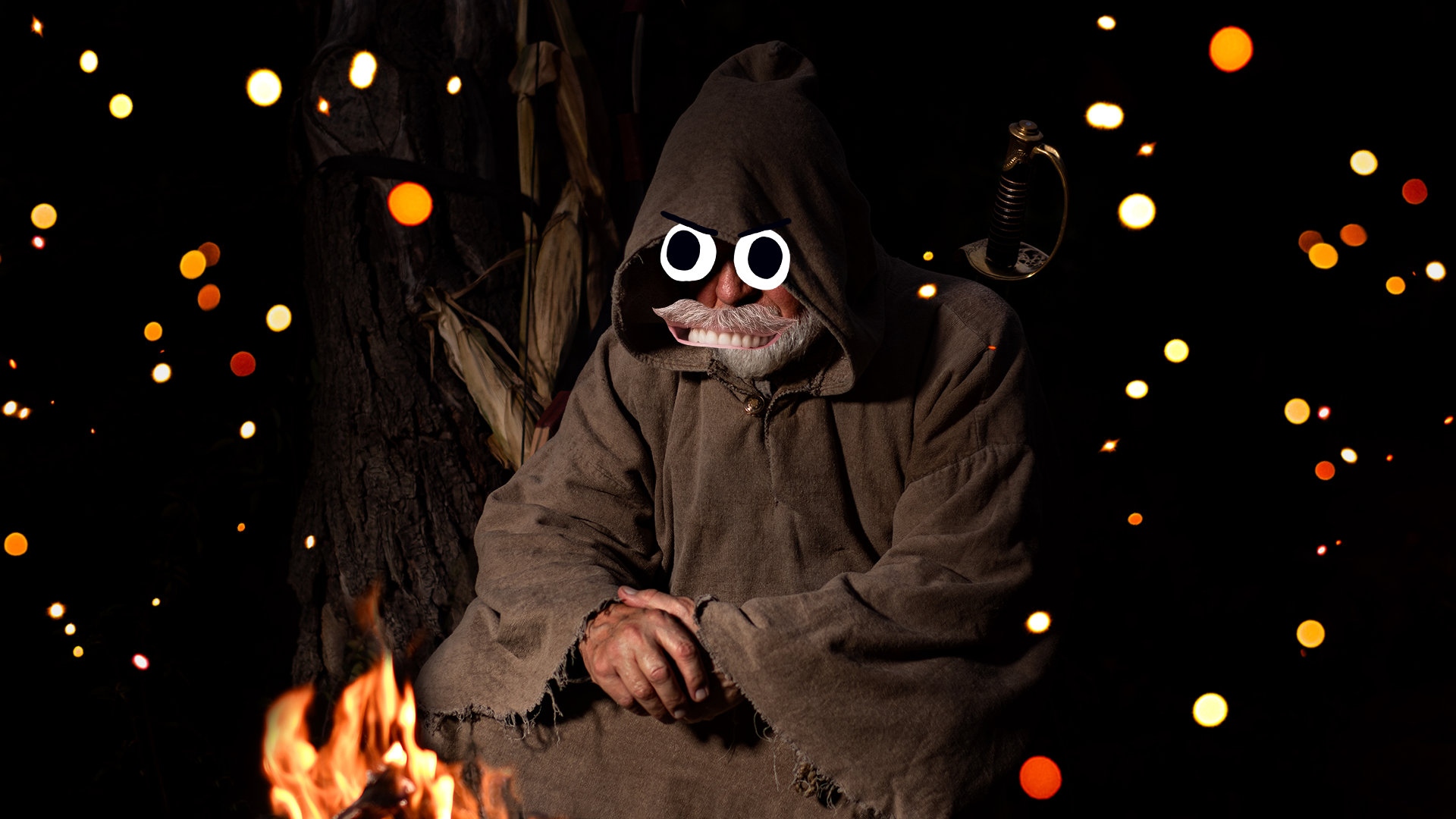
The Celts, who used to live in Britain, Ireland and Northern France, had a festival called Samhain (pronounced sah-win) that celebrated the end of the harvest and the beginning of the winter months.
2. Samhain was the old new year
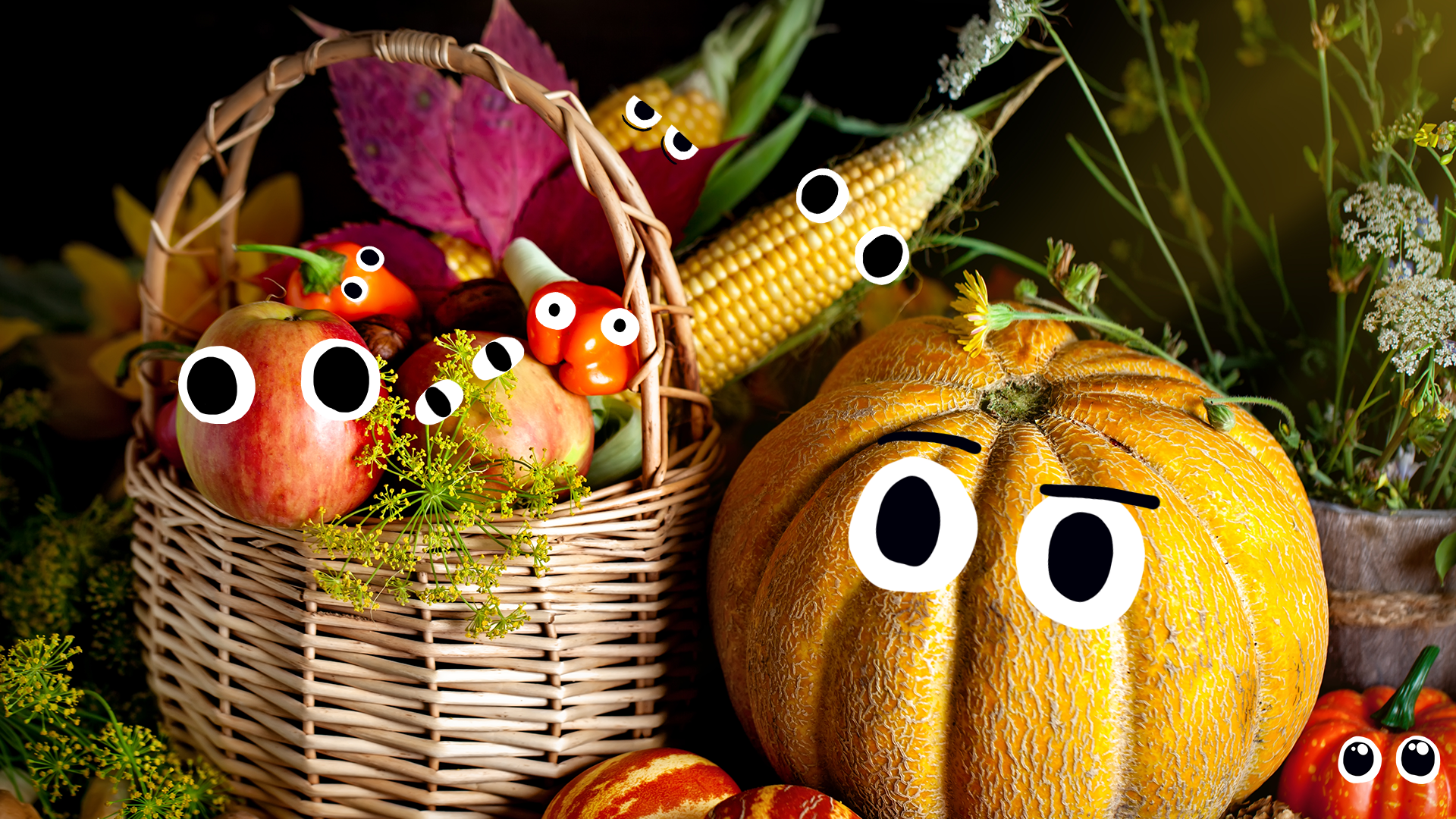
Back when people's lived revolved around the harvest, November 1st was the first day of the new year - summer was over and it was time to party before settling in for a long winter. Would be nice to have two weeks off school for Halloween!
3. It was the spookiest time of the year
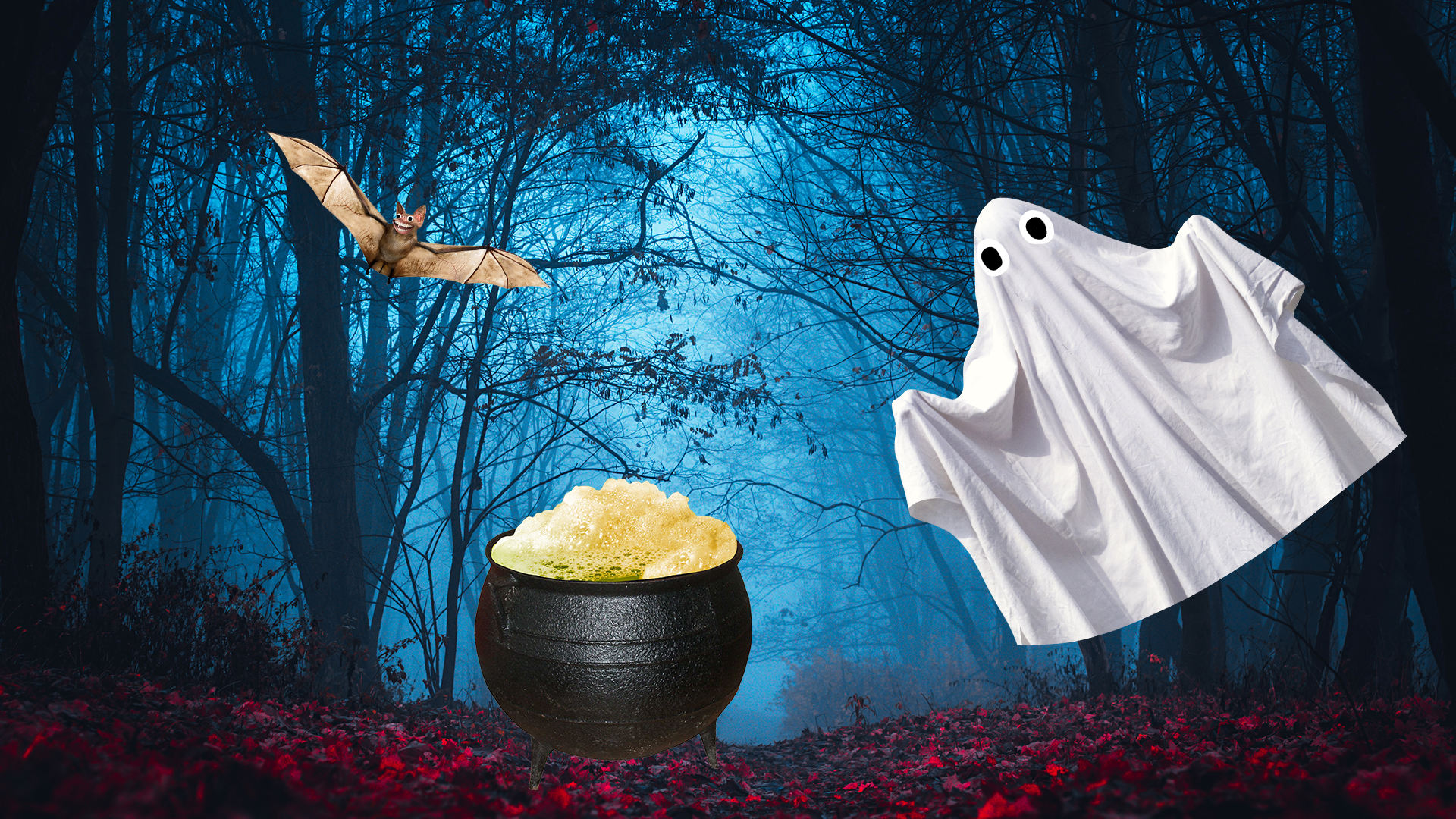
People believed that the night of Halloween was when the boundaries between the human world and the spirit world were thinnest - so, if you were going to see a ghost, it would most likely be on October 31st. Keep an eye out this Halloween!
4. It's a big cultural mashup
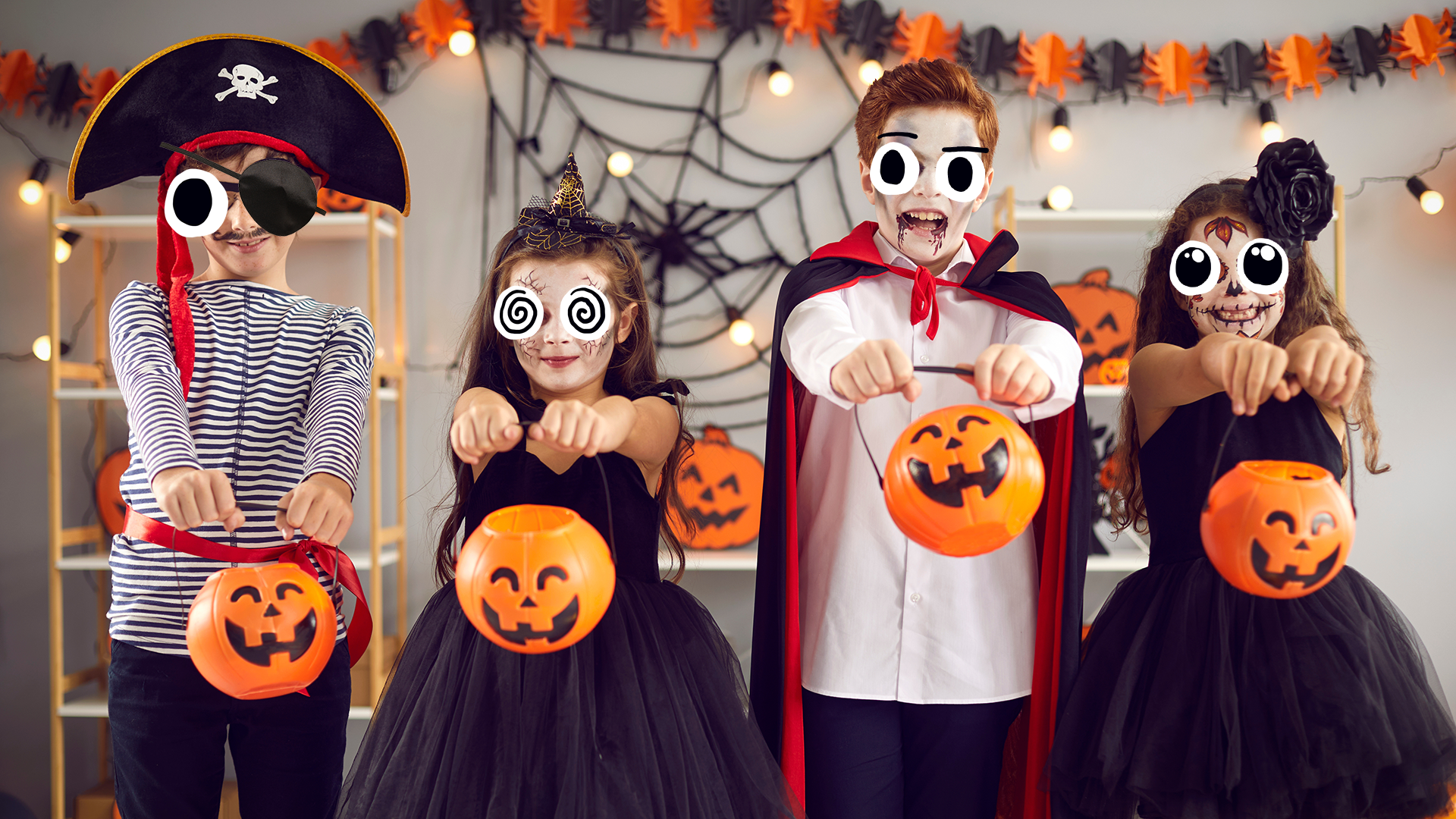
Samhain was a Pagan festival, but the way we celebrate it today comes from lots of different cultures and religions. The Romans conquered the Celts and added some of their own traditions, and then later on the Catholic tradition of All Saint's Day on November 1st became part of the celebration. The way we celebrate it now has lots of influence from America, but...
5. Lots of Halloween traditions came from the UK and Ireland
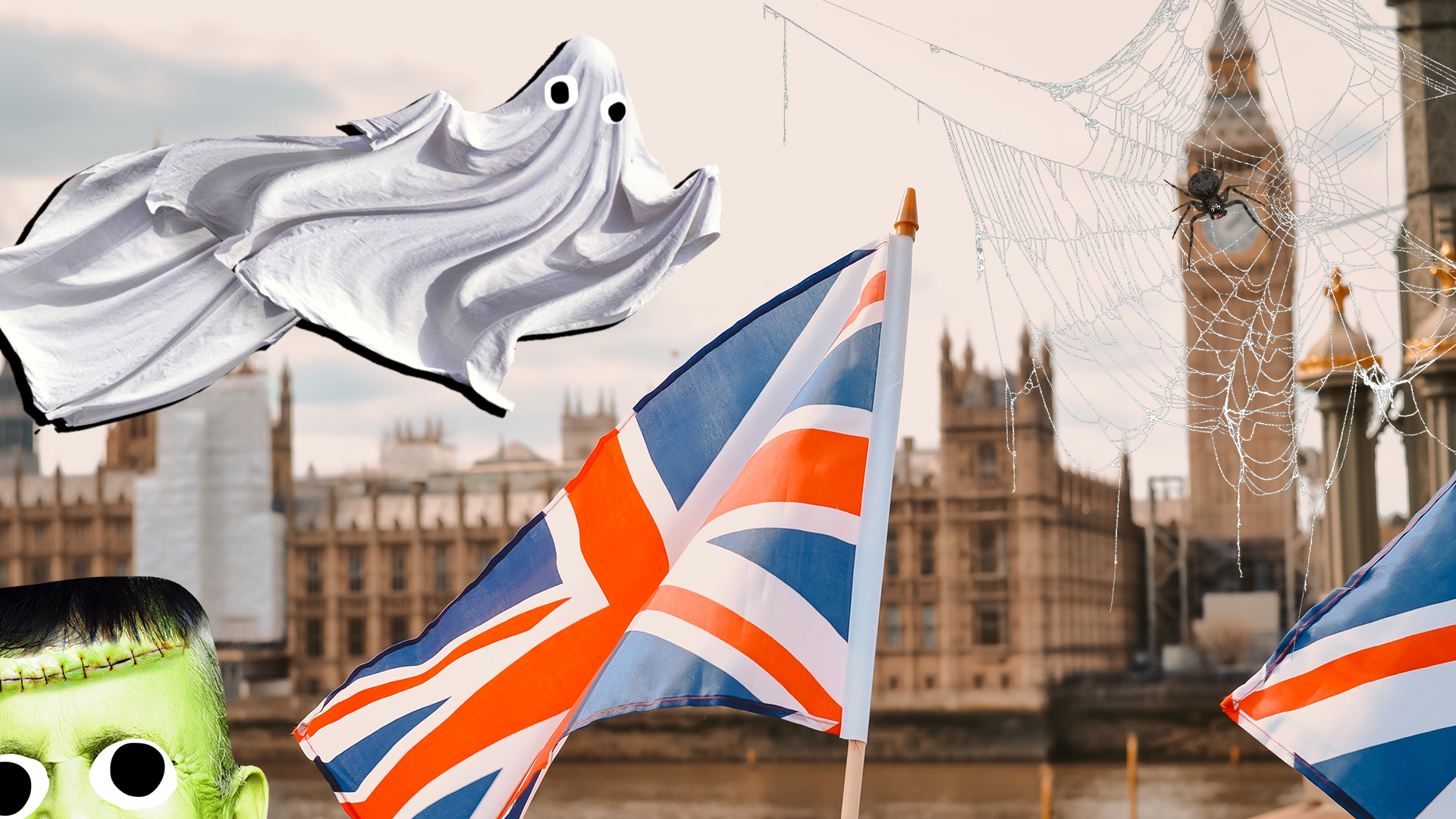
That's right, Halloween came from this part of the world! Some of the most famous traditions, including pumpkins and trick-or-treating, originated in the British Isles. And some of them have changed a lot over the years...
6. Pumpkins used to be turnips

The tradition of carving a pumpkin began in Scotland and Ireland with turnips. Turnips were a very common vegetable in Scotland and Ireland, so they were used to make spooky lanterns with scary faces. The scarier the face, the more likely it was to scare away evil spirits. But turnips are very hard to carve - thank goodness we usepumpkins now!
7. Trick or treating is also called "guising"
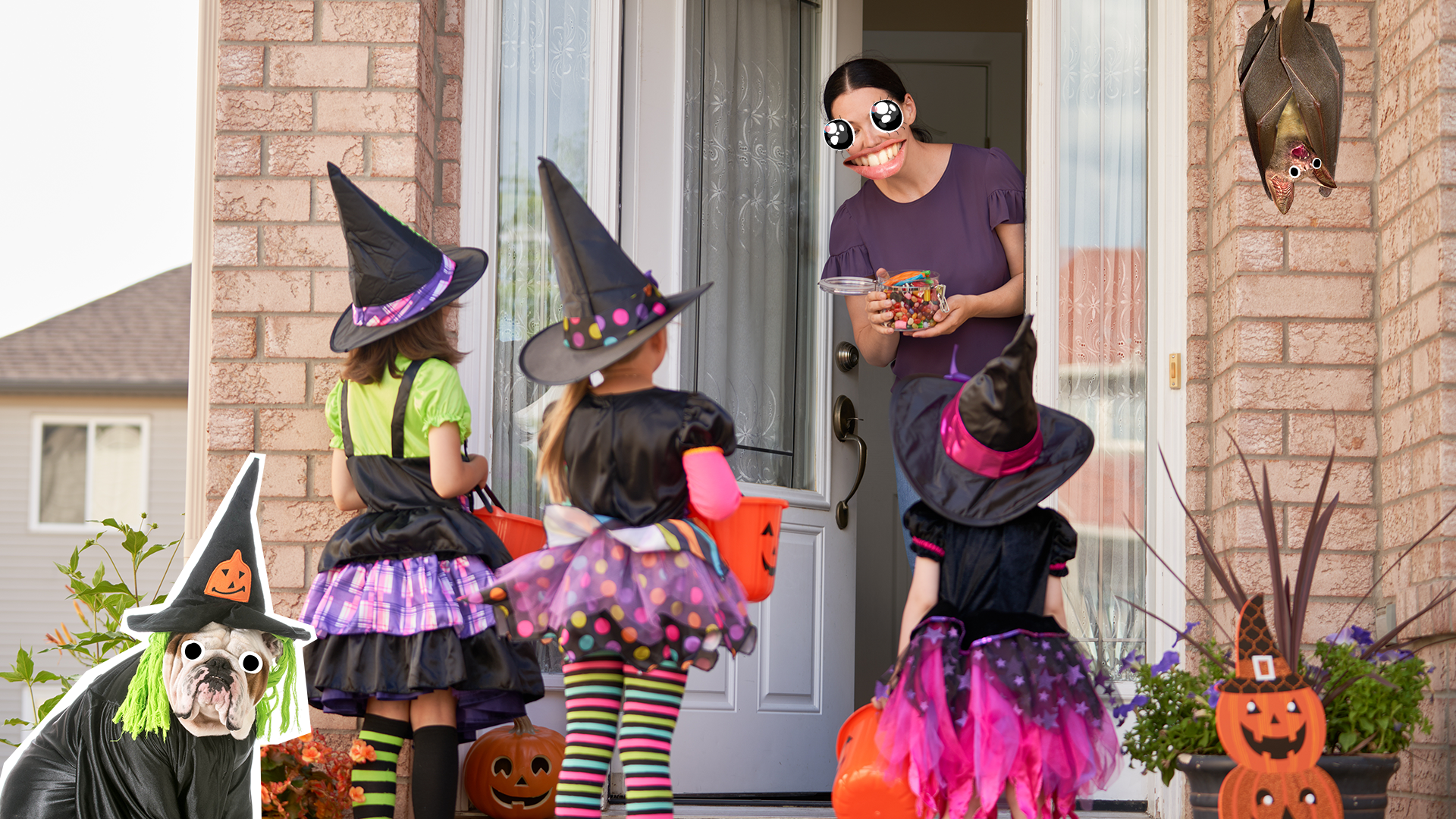
Trick-or-treating started back in the 16th century in the UK and Ireland, when kids would go house to house in costumes and put on a little performance for money or treats. The costumes were supposed to frighten evil spirits away - the scarier the better!
8. Halloween in Mexico is a little bit different
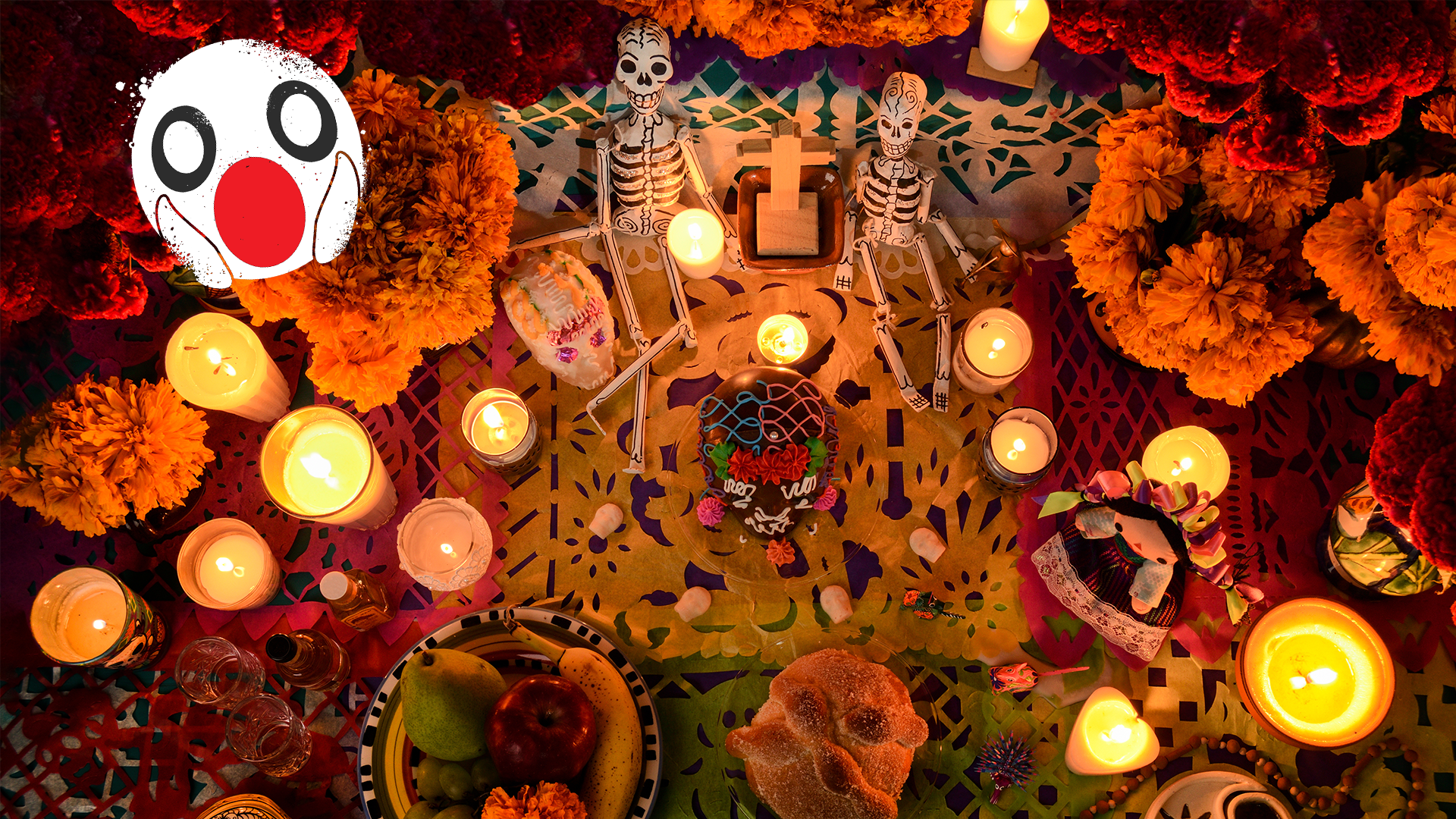
Mexico has its own version of Halloween called the Day of the Dead. Unlike our Halloween though it is usually very bright and cheerful, and families will have picnics near the graves of their dead loved ones to celebrate their lives. Sugar skulls, called calaveras, are given as sweet treats!
9. Halloween is also a romantic night
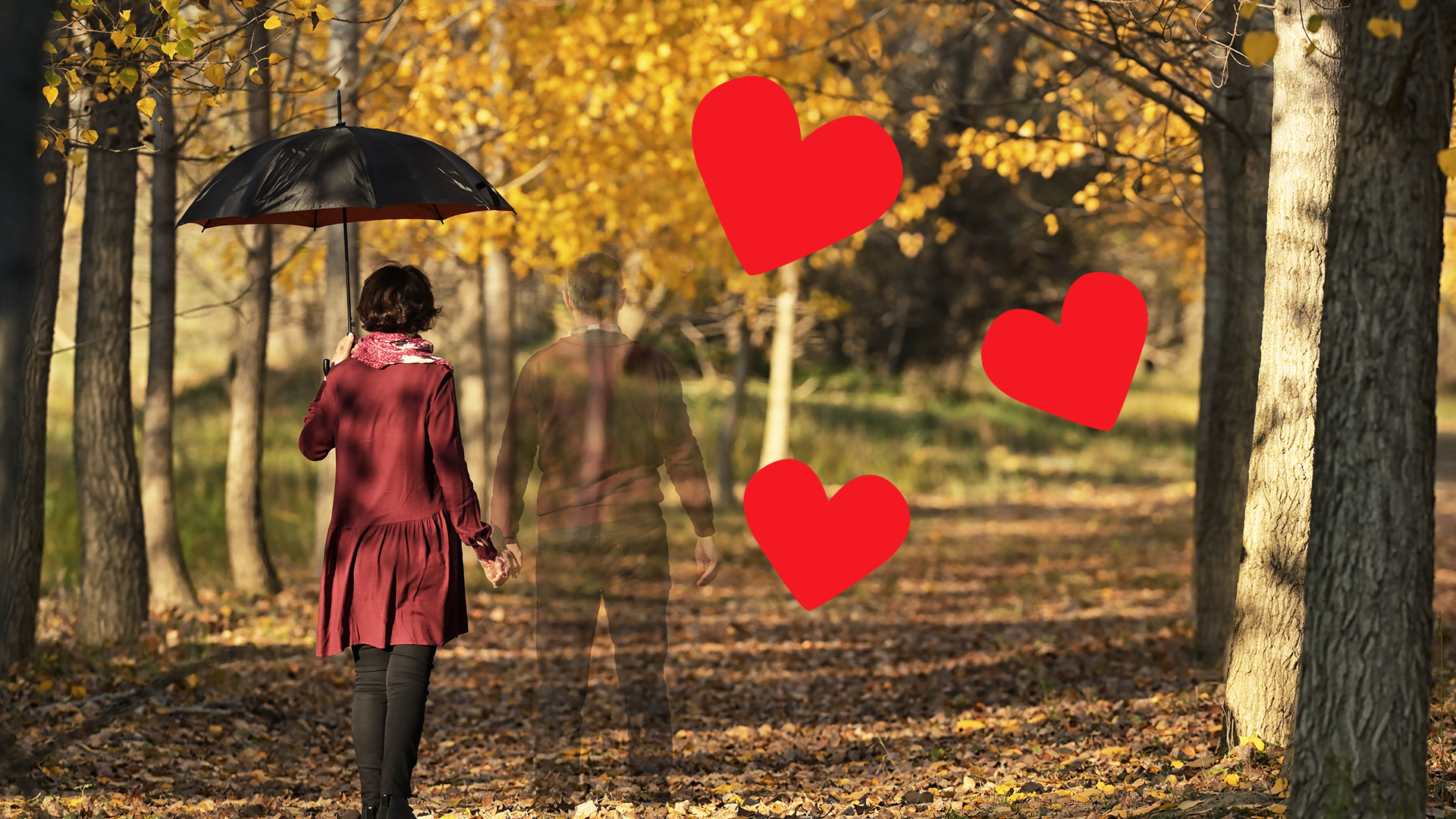
Strangely enough there are a lot of romantic superstitions around Halloween. One old Scottish custom was for women to name hazelnuts after the men they wanted to marry, then throw the nuts into the fire. If the nut roasted rather than exploded, it represented her future husband. Another tradition was for women to peel apples in one go, and whatever shape the peel landed in would be the initials of her future husband. A third legend stated that, if a woman looked into the mirror at midnight, her future husband would appear behind her. Creepy!
10. It's an international event
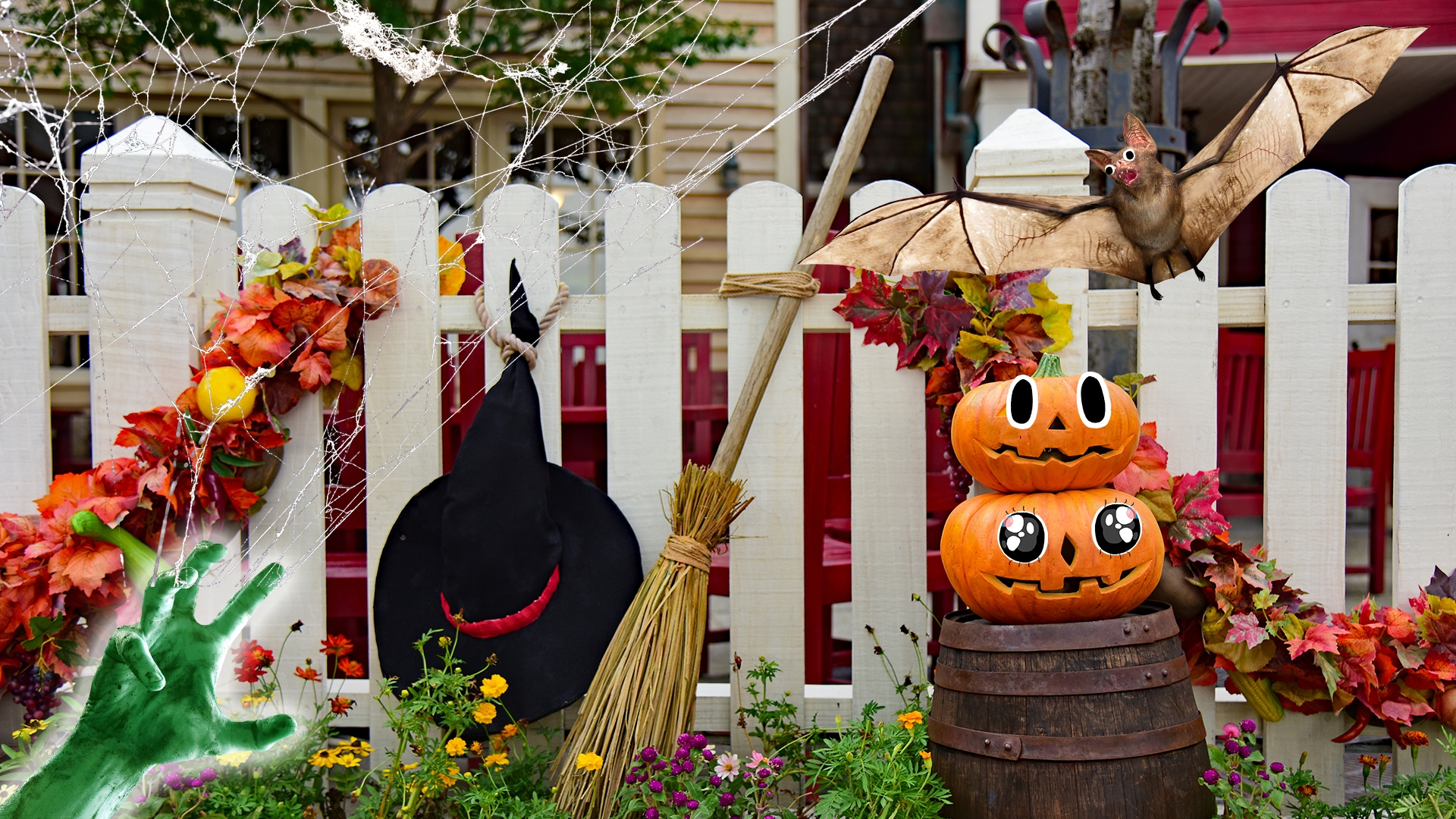
Halloween might have started in the UK and Ireland, but mass immigration to the USA meant that it became a huge event there, too. Now many other countries celebrate the spooky season thanks to US culture being popular worldwide. Japan, South Korea, China, Australia, New Zealand and lots of European countries enjoy costumes, parties and lots of sweet treats on October 31st!

















